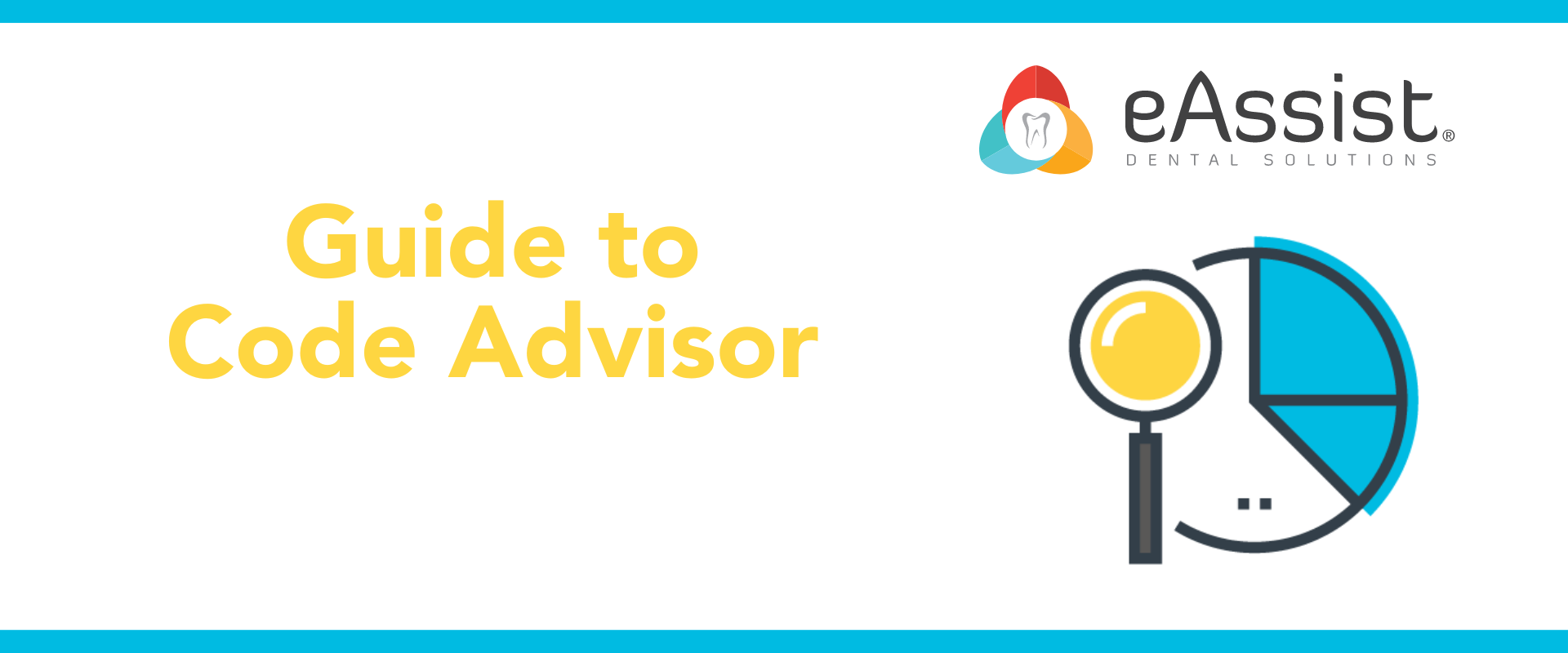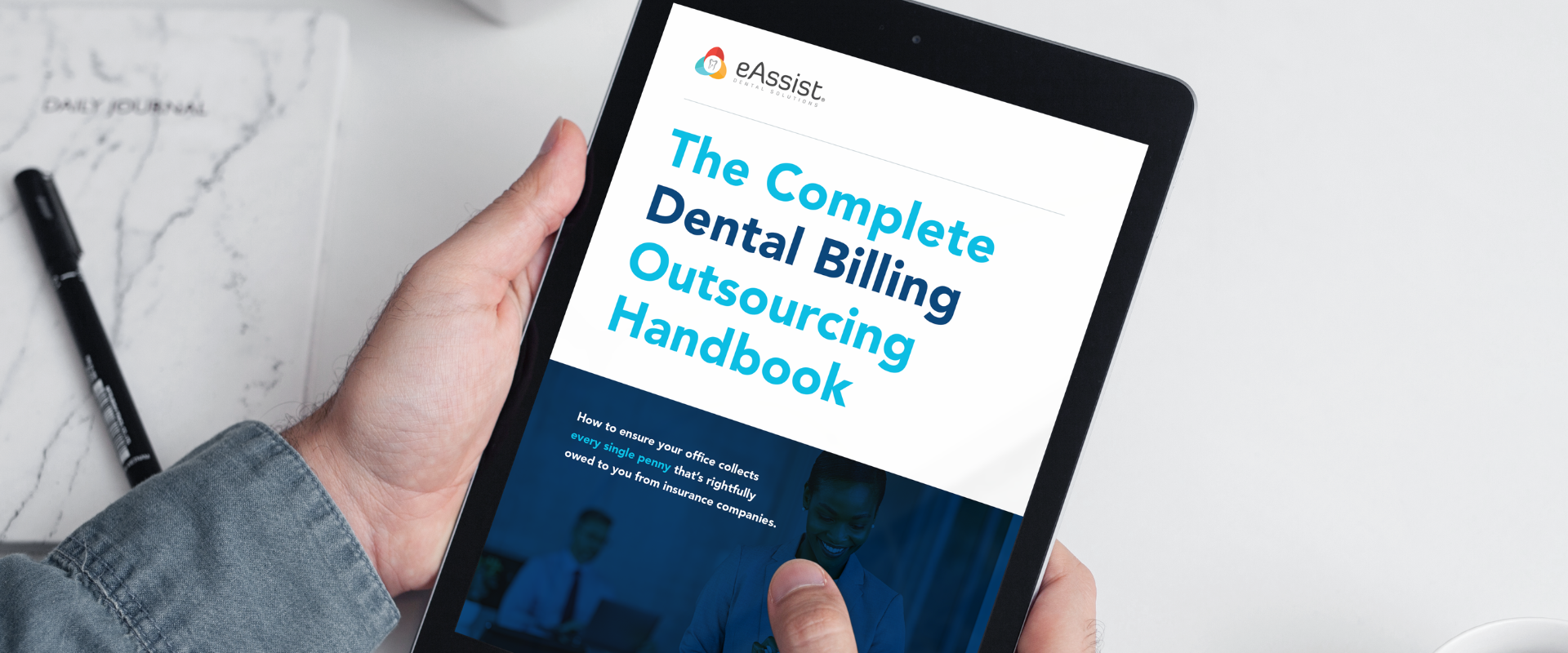Why are claims on my dental insurance aging report?
Managing your claims through dental insurance aging reports is crucial. These reports help you keep track of all open and unpaid claims, allowing you to easily follow up on them. By analyzing your report, you can gain valuable insights into your claims and take action accordingly. This article is intended to provide you with a detailed understanding of your dental claims and why they are on your insurance aging report.
What is a dental insurance aging report?
There are a couple different types of aging reports: a patient balances aging report, an insurance aging report, or an outstanding report that shows both patient balances and insurance. A dental insurance aging report is a report that shows all open claims in the software. An open claim would be defined as a claim that has been sent but the insurance has not yet received the claim or they have not posted a payment for the claim. When running the insurance aging report, you must determine the parameters of the report, such as the age of the claims you wish to add to the report. This can be all current outstanding open claims, or you can run a report for all those claims 30 days and older, 60 days and older, and so on.
Why are claims on my dental insurance aging report?
When you run a dental insurance aging report, you will see all your open claims. Claims are on the dental insurance aging report because they are still open with no payment attached. Claims will remain on the insurance aging report until payment has been received and posted. But now that you have this information, what do you do with it? We have a few FAQs below to help! Let us know any questions you have in the comments section at the end of the FAQs.
What is the purpose of pulling a dental insurance aging report?
When you pull a dental insurance aging report, you are looking for claims that have not had a payment posted and then using that information to follow up on the claims. If a payment has not been received on a claim, and the claim is over 30 days, it’s time to call the insurance company to see where the holdup is. If nothing else, encourage them to move along in processing the claim and payment. Following up on a claim is very important because it’s possible that they never received the claim.
What claims take priority on a dental insurance aging report?
The very first priority is anything with a short timely filing. Time is of the essence with these claims. You will need to give this the most attention to make sure the office doesn’t get penalized for untimely filing. Another priority would be to check the larger dollar amount claims if your office is larger with a large aging. Focusing on the larger dollar amount claims in this situation would then ideally provide payment on those claims faster. Thus leading to your office seeing large results faster.
How does the dental insurance aging report show primary vs. secondary insurance claims?
The insurance aging report will show both primary and secondary insurance claims. However, if you see both secondary and primary insurance claims on the insurance aging report, it will not be for the same patient. Typically, you would not have an open secondary claim on a patient until you have received payment from the primary insurance. This is because you need the EOB (Explanation of Benefits) from the primary insurance claim to send the secondary claim.
Why is it bad to leave claims lingering on the dental insurance aging report?
With most insurance companies, there are timely filing limits (each insurance company is different with their timely filing limits). In some situations, claims are sent but never received. If this is the case and you wait around too long before you realize it, it could cost the doctor money.
How to manage and avoid past due claims
Most claims are sent, processed, and paid by insurance within the first 30 days after being sent. Therefore, once they send the claims to the insurance company, our eAssist success consultants do not start managing claims until after 30 days. To avoid any past due claims, our success consultants run an over 30 days insurance aging report once a week to check for any claims that roll. Keeping track of all open claims weekly helps to make sure you don’t let any claims slip past you.
How can eAssist Dental Solutions help your office boost revenue?
When you are in the office, sending claims and working insurance aging can be very time consuming. The office employees (whether it be the front desk staff, the office manager, or even the doctor) need to keep their sole focus on taking care of the patients that come and go from the office each day. When working in a busy office, following up on claims and submitting appeals can become less of a priority on hectic days, causing delays in receiving payments from insurance companies.
eAssist Success Consultants specialize in insurance aging and managing your dental claims. They are very familiar with each insurance company’s timely filing limits to make sure everything is submitted on time, allowing you to maximize your profits and collect 100% of what is rightfully yours. Our job is to get your claims sent within 24 hours and then manage the claim to make sure the insurance company’s pay as quickly as possible. So, if you’re struggling to keep up with demands of claims in the office, consider outsourcing your dental billing today! Click here to schedule a complimentary consultation.












0 Comments